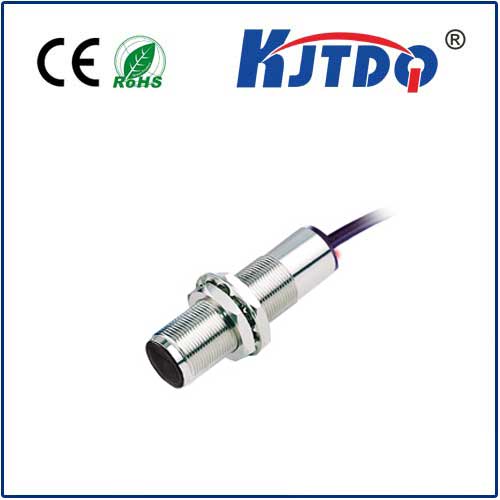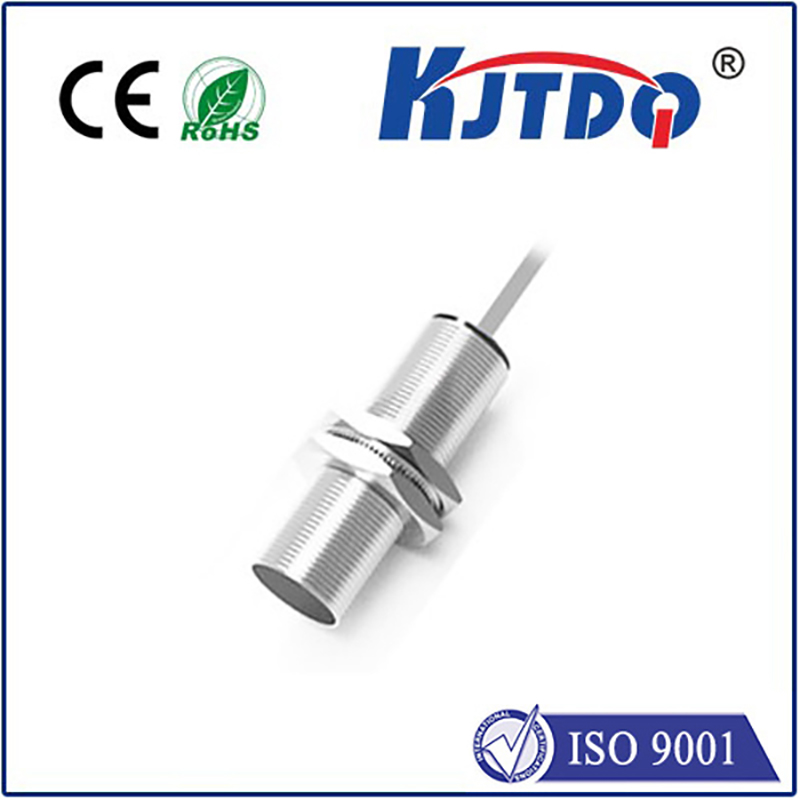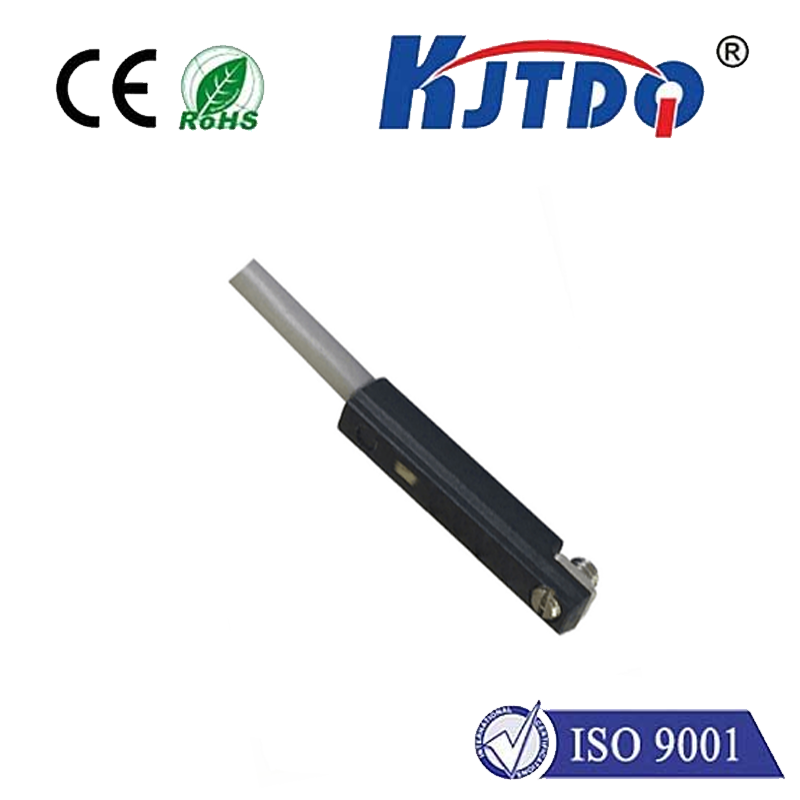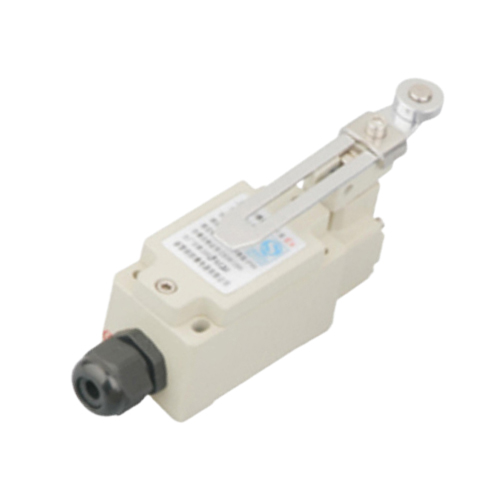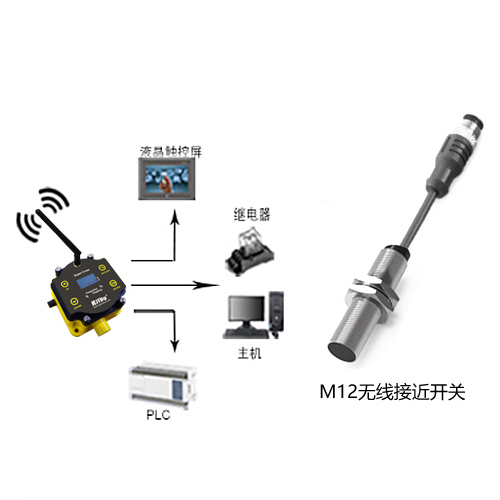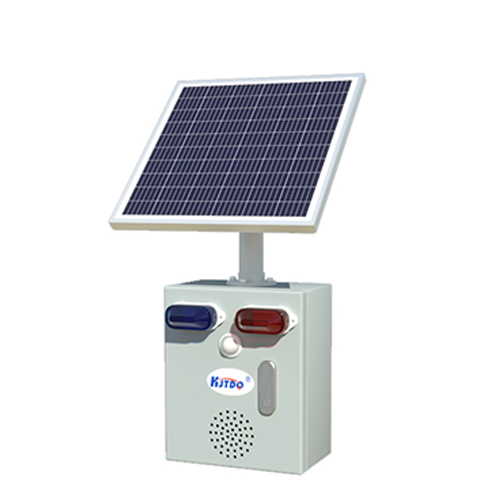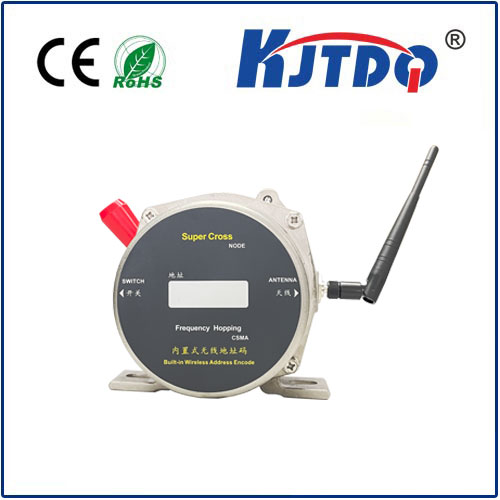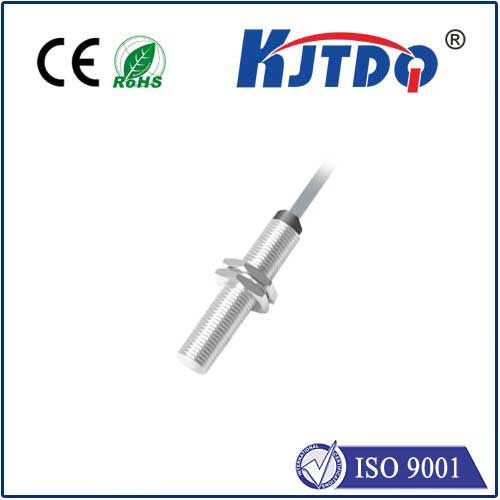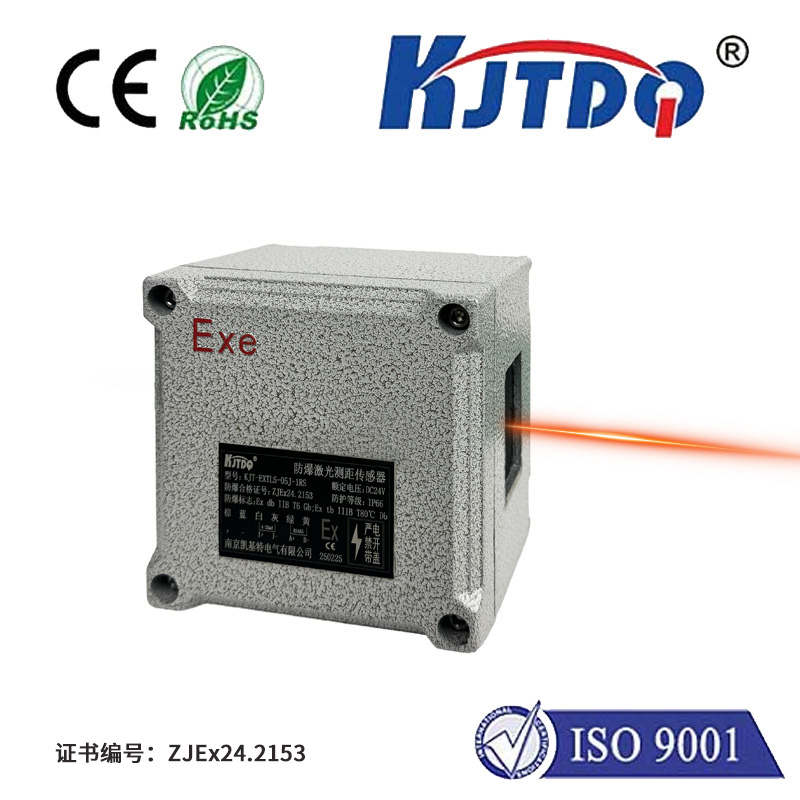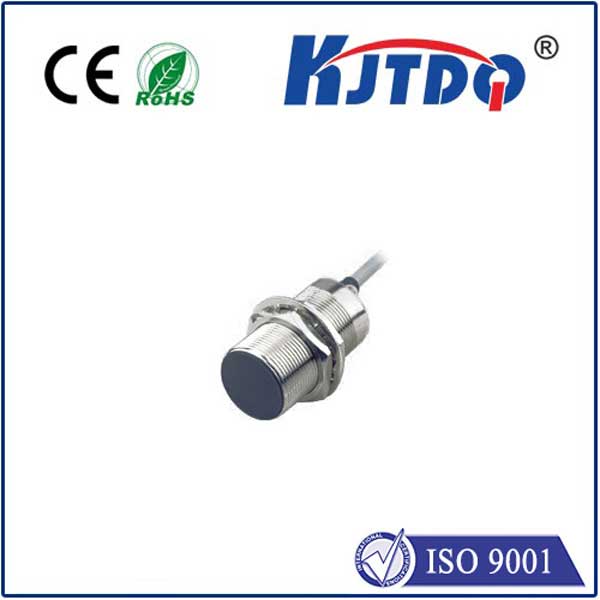

check

check

check

check

check

check

check

check

check

check
Title: The Revolutionary Technology of Optical Laser Sensors
Optical laser sensors have emerged as a revolutionary technology in the field of sensing and automation. These sensors use a beam of light to detect objects, measure distances, and monitor various parameters. In this article, we will explore the working principle, applications, and benefits of optical laser sensors.
The Working Principle of Optical Laser Sensors
An optical laser sensor consists of a laser diode that emits a focused beam of light. When an object passes through or reflects this beam, it creates a disturbance that is detected by a photodetector. The photodetector converts the light signal into an electrical signal, which is then processed by the sensor's microcontroller to determine the presence or absence of the object, its position, or any other desired parameter.
Applications of Optical Laser Sensors
Optical laser sensors are widely used in various industries due to their accuracy, speed, and reliability. Some common applications include:

1. Automation: In manufacturing and packaging industries, optical laser sensors are used for object detection, counting, sorting, and quality control. They can detect small changes in product dimensions, identify defects, and trigger corrective actions.
2. Machine Vision: Optical laser sensors are essential components of machine vision systems that enable machines to "see" and interpret visual information from the environment. These systems are used in robotics, surveillance, and autonomous vehicles for tasks such as navigation, obstacle avoidance, and target tracking.
3. Medical Imaging: Optical laser sensors are also employed in medical imaging techniques like optical coherence tomography (OCT) and confocal microscopy. These non-invasive techniques provide high-resolution images of tissues and cells, aiding in diagnosis and treatment planning for various diseases.
Benefits of Optical Laser Sensors
Optical laser sensors offer several advantages over traditional sensors, making them ideal for many applications. Some key benefits include:
1. High Accuracy: Optical laser sensors can measure distances with high precision, up to a few nanometers, depending on the model and configuration. This makes them suitable for applications where exact measurements are critical.
2. Fast Response Time: Optical laser sensors can detect objects at high speeds, allowing real-time monitoring and control of processes in dynamic environments. For example, they can track moving objects or detect changes in surface texture during production.
3. Non-Contact Sensing: Since optical laser sensors use light beams to detect objects, they do not require physical contact with the target. This reduces wear and tear on both the sensor and the object being measured, extending their lifespan and reducing maintenance costs.
4. Versatility: Optical laser sensors can be customized to suit various applications by changing the wavelength, output power, and beam size of the laser diode. This allows them to adapt to different materials, sizes, shapes, and distances without compromising performance.
Conclusion
In conclusion, optical laser sensors represent a cutting-edge technology that has revolutionized sensing and automation across numerous industries. With their high accuracy, fast response time, non-contact sensing capability, and versatility, these sensors have become indispensable tools for improving efficiency, productivity, and safety in modern operations. As research continues in this field, we can expect even more advanced applications of optical laser sensors in the future.
